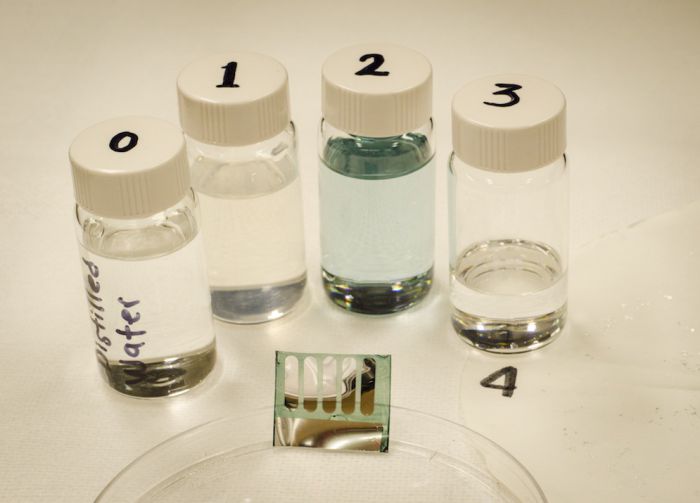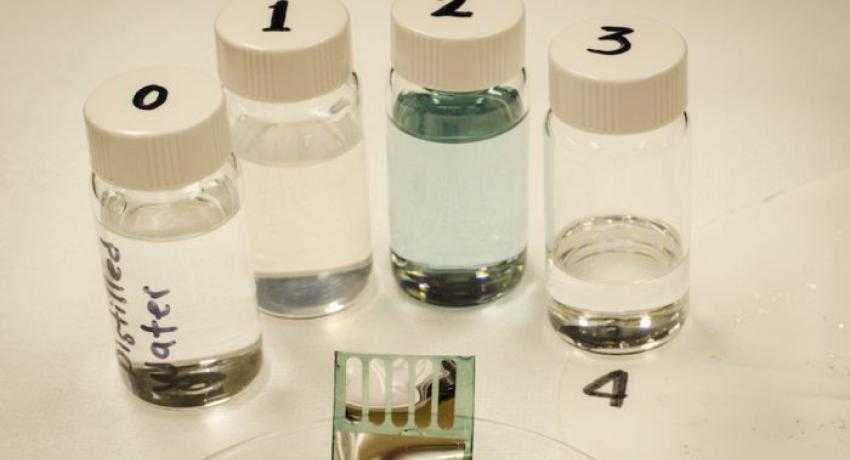PV from trees? Yup, it's happening!
 Researchers at Georgia Institute of Technology and Purdue University have developed organic photovoltaic cells that are based on natural substrates from plant materials like trees. The new devices are not only made of natural substances, they’re also water soluble, so at the end of their life cycle, the devices can be recycled in water.
Researchers at Georgia Institute of Technology and Purdue University have developed organic photovoltaic cells that are based on natural substrates from plant materials like trees. The new devices are not only made of natural substances, they’re also water soluble, so at the end of their life cycle, the devices can be recycled in water.
Organic photovoltaics or OPV generally have much lower operating efficiencies than their silicon or even thin-film counterparts. The top silicon PV cells are about 24 percent efficient while the most efficient OPV cells as of August 2012, made by Solarmer, were just over 9 percent efficient. OPVs also often have much shorter lifespans of years rather than decades. But they can be much cheaper to produce, and can by built without any hazardous materials.
“The development and performance of organic substrates in solar technology continues to improve, providing engineers with a good indication of future applications,” said Georgia Tech College of Engineering Professor Bernard Kippelen, who is also the director of Georgia Tech’s Center for Organic Photonics and Electronics (COPE). Purdue School of Materials Engineering’s Associate Professor Jeffrey Youngblood worked with Kippelen on the project.
The device that Kippelen’s team produced are already 2.7 percent efficient. An “unprecedented figure for cells on substrates derived from renewable raw materials,” according to Georgia Tech. The cells are fabricated from cellulose nanocrystal (CNC) substrates. The substrates the PV cells are fabricated on are optically transparent and paired with a thin layer of an organic semiconductor.
Most OPVs are fabricated on glass or plastic, which aren’t as easily as recyclable as the cellulose-based OPV substrates the team assembled. These OPVs can be recycled simply by immersing them in room-temperature water, allowing the CNC substrate and major components to be easily separated. “Organic solar cells must be recyclable. Otherwise we are simply solving one problem, less dependence on fossil fuels, while creating another, a technology that produces energy from renewable sources but is not disposable at the end of its lifecycle,” Kippelen said.
Moving forward the group intends to produce cellulose-based OPVs with efficiencies over 10 percent. “Levels similar to solar cells fabricated on glass or petroleum-based substrates,” said Kippelen.
The technology is published in the journal Scientific Reports, an open-access journal from the Nature Publishing Group. The team also filed for a provisional patent on the technology.




